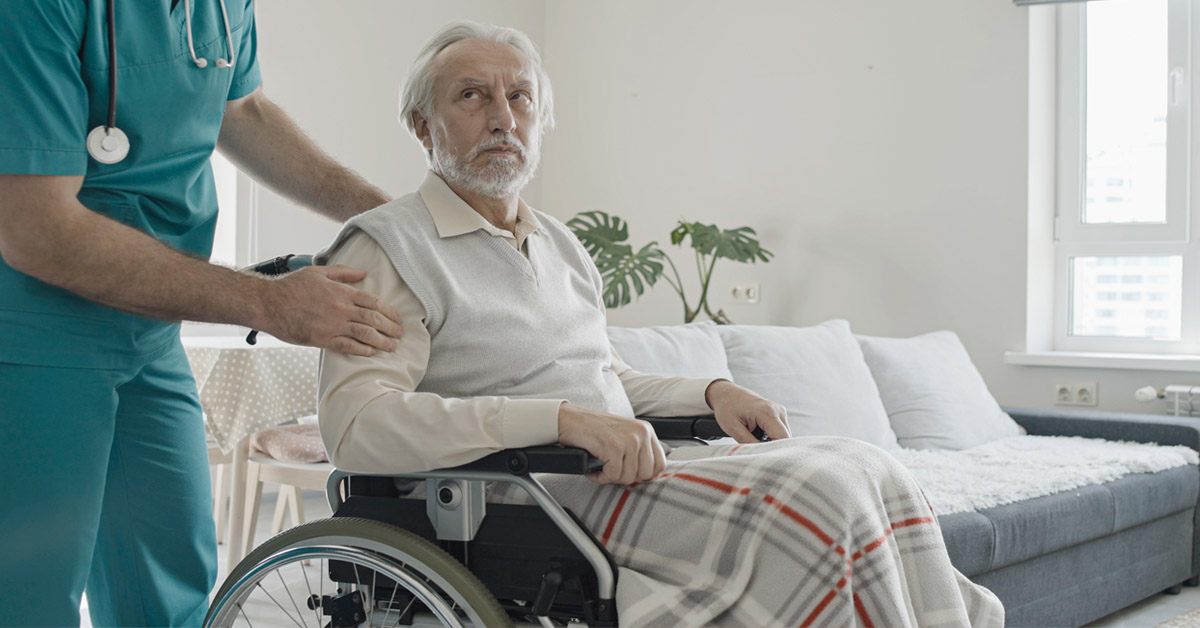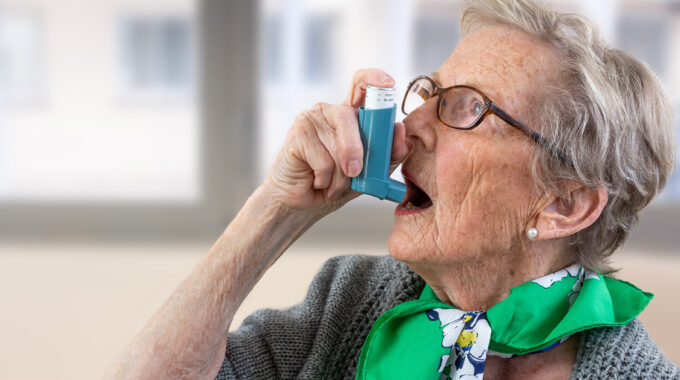
Studies Show 65% of Healthcare Workers Experience Workplace Abuse
Recent research has established a clear correlation between violence occurring in home healthcare settings and detrimental effects on the emotional, cognitive, behavioral, physical, and psychosocial well-being of workers. Such violence not only hampers the provision of healthcare services but also compromises their quality, leading to decreased productivity, job dissatisfaction, substance abuse, and adverse health outcomes among workers.1 Numerous studies have elucidated the repercussions of workplace violence in healthcare, including worker burnout, diminished quality of life, and various mental health issues such as emotional exhaustion, suicidal ideation, depression, and anxiety.2
The nature of home healthcare work exposes workers to heightened risks of encountering workplace violence, particularly Type I and Type II incidents. Operating primarily in solitary conditions within potentially hazardous environments, home healthcare workers confront similar occupational hazards to their counterparts in hospital settings, along with unique risks inherent to the home care setting. These include unpredictability, reduced control over their work environment, inadequate policy frameworks, and insufficient training.1,3-6
Research Says
Research findings indicate that a significant proportion of home healthcare workers endure verbal abuse, with prevalence rates ranging from 18% to 65%.1,4,7-11 Moreover, as many as 41% have reported incidents of sexual harassment.1,4 Physical assaults affect between 2.5% and 44% of home healthcare workers.1,4,10-12 Notably, registered nurses providing home healthcare frequently encounter demanding patients, aggressive pets, poor lighting, neighborhood violence, challenging family dynamics, personal safety concerns, drug-related risks, firearm presence, and instances of racial and ethnic discrimination.7 Additionally, threats of physical or verbal violence often stem from caring for patients with a history of violence or those grappling with mental health or substance use disorders.12
Concluding Thoughts
The home healthcare sector is witnessing a burgeoning workforce, crucial for delivering vital services amidst unique workplace challenges. Workplace violence poses significant threats to the physical and psychological well-being of home healthcare workers. Thus, it’s imperative for both workers and employers to recognize and address these risks to ensure a safe work environment. Scientific evidence underscores the importance of existing interventions aimed at mitigating workplace violence in healthcare, especially those tailored for home healthcare settings. However, further research is warranted to refine these interventions and assess their effectiveness in effectively safeguarding home healthcare workers from the risks of workplace violence.
References:
- Small TF. Home visiting safety for home healthcare clinicians. Home Healthcare Now. 2020 May 1;38(3):169.
- de Looff P, Nijman H, Didden R, Embregts P. Burnout symptoms in forensic psychiatric nurses and their associations with personality, emotional intelligence and client aggression: A cross‐sectional study. Journal of Psychiatric and Mental Health Nursing. 2018 Oct;25(8):506-16.
- National Institute of Occupational Safety and Health. (2012). Home healthcare workers. Accessed March 9, 2021. Retrieved from https://www.cdc.gov/niosh/docs/2012-118/pdfs/2012-118.pdf
- Hanson GC, Perrin NA, Moss H, Laharnar N, Glass N. Workplace violence against homecare workers and its relationship with workers health outcomes: a cross-sectional study. BMC Public Health. 2015 Dec;15:1-3.
- Gross N, Peek-Asa C, Nocera M, Casteel C. Workplace violence prevention policies in home health and hospice care agencies. The Online Journal of Issues in Nursing. 2013 Jan 1;18(1).
- Vladutiu CJ, Casteel C, Nocera M, Harrison R, Peek‐Asa C. Characteristics of workplace violence prevention training and violent events among home health and hospice care providers. American Journal of Industrial Medicine. 2016 Jan;59(1):23-30.
- Canton AN, Sherman MF, Magda LA, Westra LJ, Pearson JM, Raveis VH, Gershon RR. Violence, job satisfaction, and employment intentions among home healthcare registered nurses. Home Healthcare Now. 2009 Jun 1;27(6):364-73.
- Geiger-Brown J, Muntaner C, McPhaul K, Lipscomb J, Trinkoff A. Abuse and violence during home care work as predictor of worker depression. Home Health Care Services Quarterly. 2007 Mar 20;26(1):59-77.
- Karlsson ND, Markkanen PK, Kriebel D, Gore RJ, Galligan CJ, Sama SR, Quinn MM. Home care aides’ experiences of verbal abuse: A survey of characteristics and risk factors. Occupational and Environmental Medicine. 2019 Jul 1;76(7):448-54.
- Quinn MM, Markkanen PK, Galligan CJ, Sama SR, Kriebel D, Gore RJ, Brouillette NM, Okyere D, Sun C, Punnett L, Laramie AK. Occupational health of home care aides: results of the safe home care survey. Occupational and Environmental Medicine. 2016 Apr 1;73(4):237-45.
- Sherman MF, Gershon RR, Samar SM, Pearson JM, Canton AN, Damsky MR. Safety factors predictive of job satisfaction and job retention among home healthcare aides. Journal of Occupational and Environmental Medicine. 2008 Dec 1;50(12):1430-41.
- Byon HD, Storr C, Edwards L, Lipscomb J. Client history and violence on direct care workers in the home care setting. American Journal of Industrial Medicine. 20






